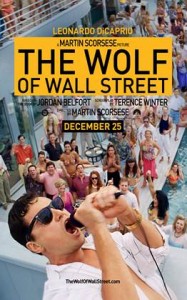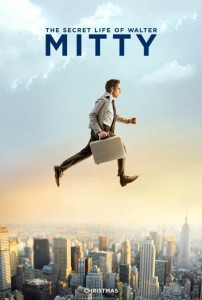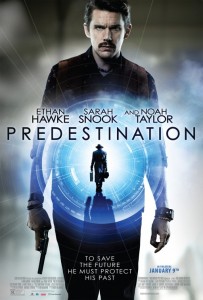 Predestination
Predestination
Starring Ethan Hawke, Sarah Snook, Noah Taylor, Freya Stafford, and Madeleine West
Directed by The Spierig Brothers
Rated R
Run Time: 97 minutes
Genre: Sci-Fi/Thriller
Opens January 9th (exclusively at FilmBar)
By Eric Forthun of Cinematic Shadows
Predestination has a fascinating premise backed by a breakthrough performance by Sarah Snook. The film uses lofty ambition and undeniable emotional power even if its reach far exceeds its grasp; I forgive faulty ambition when it's this well-intentioned. The Spierig Brothers act as writers and directors here, returning after a five-year break to work with Ethan Hawke again to follow up their last collaboration (Daybreakers). That film was a futuristic vampire saga with a strong set-up and a bloody, somewhat satisfying conclusion; Predestination is such a strikingly different film both in terms of thematic developments and narrative ambition that it feels like a giant leap forward in their repertoire. They've created a world marked by social injustice, heartbreaking romance, and time travel, an unique mixture that works wonders on a trippy, confusing, but never lifeless world.
The story centers on a Temporal Agent known as The Bartender (Ethan Hawke), a man who has constantly searched for a criminal known as the "Fizzle Bomber" through time but can never seem to stop him. The laws of these agents are fascinating, mostly marked by ensuring that past, present, and future do not interfere and that nothing disrupts the fabric of the creation of the law enforcement group in which he presides. While working one night, he meets Jane (Sarah Snook), a mysterious woman that spends much of the first half of the film doling out her backstory as she explains her upbringing as a young woman that never seemed to fit in, and the one time that she truly felt in love before her heart was broken. There's tragedy in her story, and the Bartender recognizes that. He offers her the opportunity to travel through time, particularly with the opportunity to kill the man that wronged her. In her story, he may have found out who the Fizzle Bomber has been all along.
There's a lot of subtlety in her backstory, with Snook owning her role and bringing to life what acts as a two-actor film for most of the story. Her and Hawke play off of one another incredibly well, with the cinematography emphasizing the duality of their characters and the growing bond that they form over her story's progression. The elements of time travel in the story are mostly wonky and confusing until the film's final moments; only then does one of the biggest, strangest twists I've ever seen in film come along and level the playing field of the narrative. Despite most of the story being muddled and somewhat incomprehensible at various points, I never felt disengaged from the core of the film. I always connected with the characters and found their journey compelling; the rules begin to surface and infuse the narrative with passion. It's pretty phenomenal when 2015 can start off with one of the strangest and most unique visions I've seen in years, and even if all of its inconsistencies build in the middle, it remains an entertaining landscape.


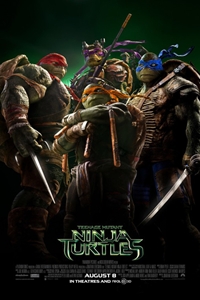 Teenage Mutant Ninja Turtles
Teenage Mutant Ninja Turtles
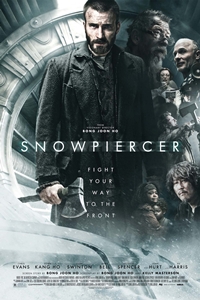 Snowpiercer
Snowpiercer
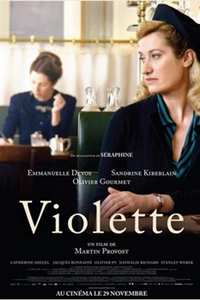 Violette
Violette
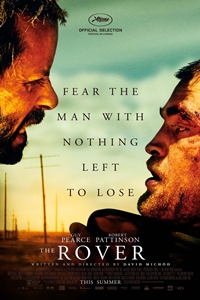 The Rover
The Rover
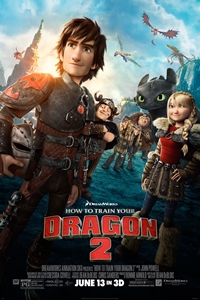
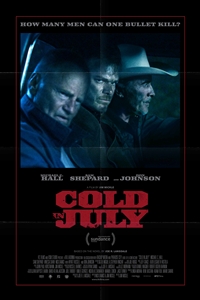 Cold in July
Cold in July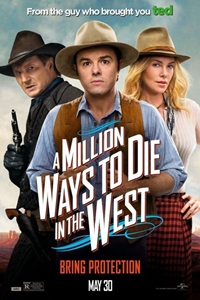
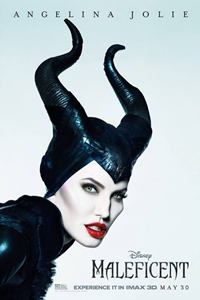 Maleficent
Maleficent
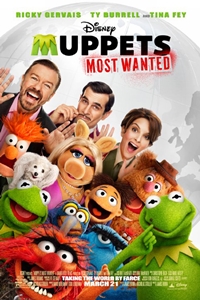 Muppets Most Wanted
Muppets Most Wanted The Wind Rises
The Wind Rises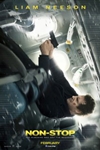 Non-Stop
Non-Stop
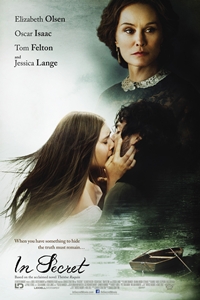 In Secret
In Secret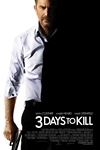 Starring Kevin Costner, Connie Nielsen, Hailee Steinfeld and Amber Heard
Starring Kevin Costner, Connie Nielsen, Hailee Steinfeld and Amber Heard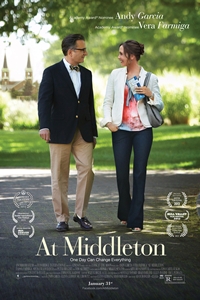 At Middleton
At Middleton
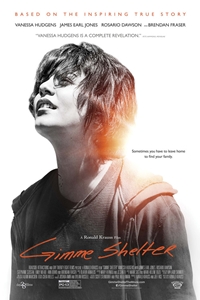 Gimme Shelter
Gimme Shelter
